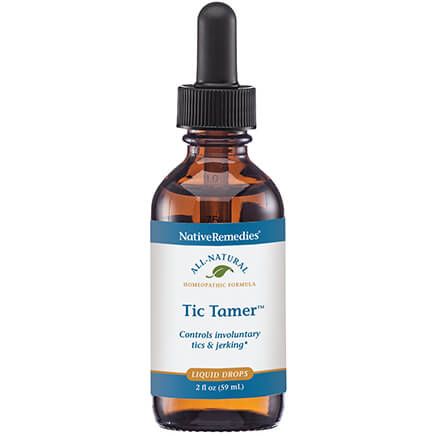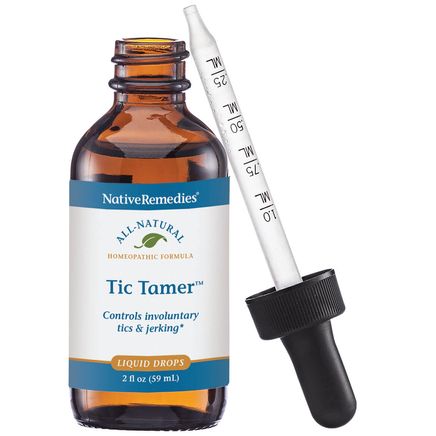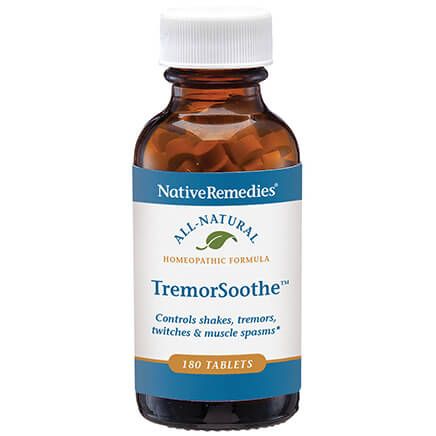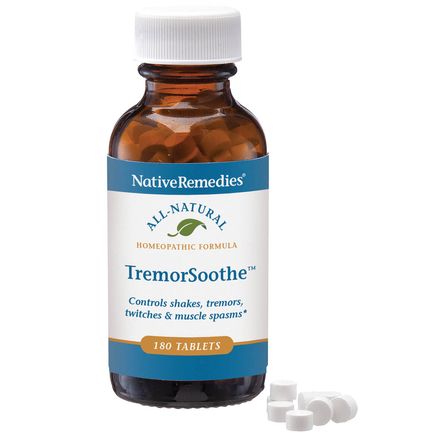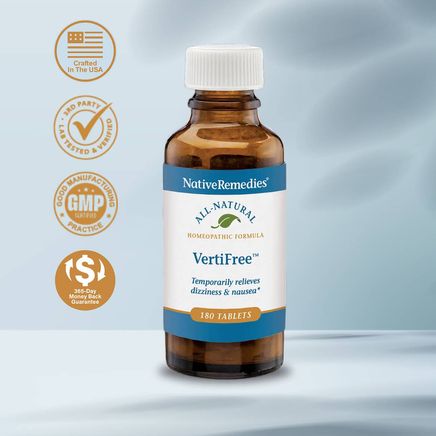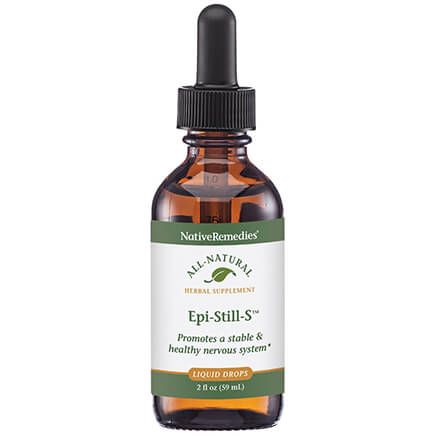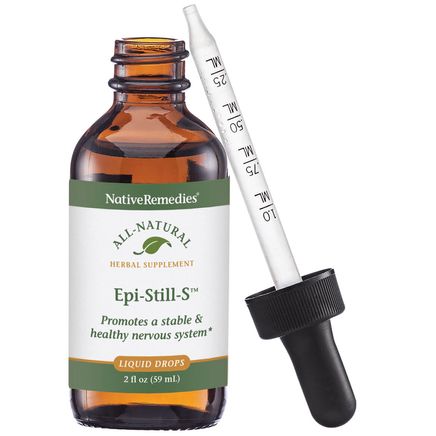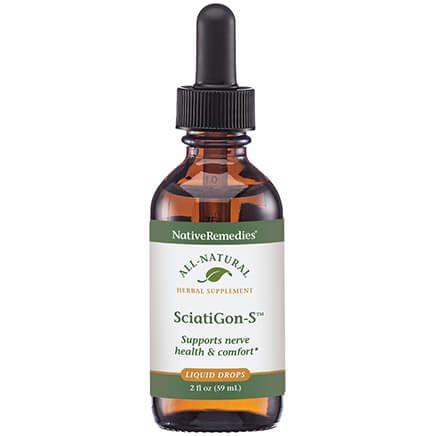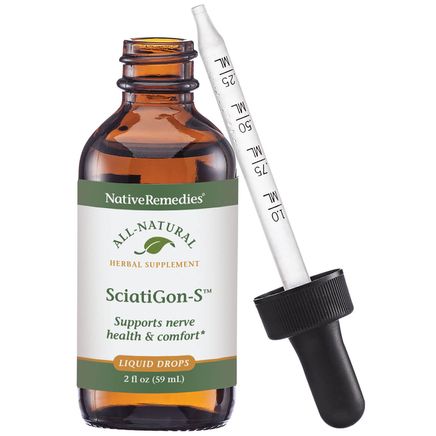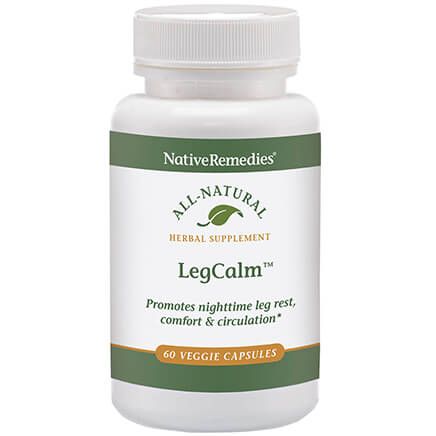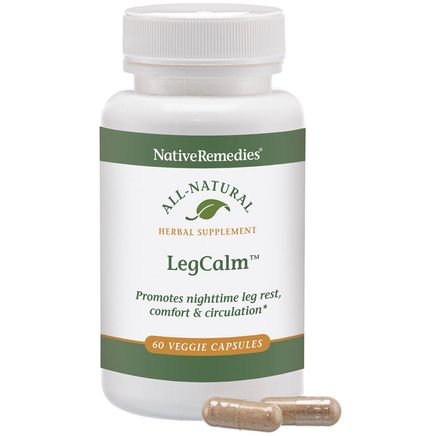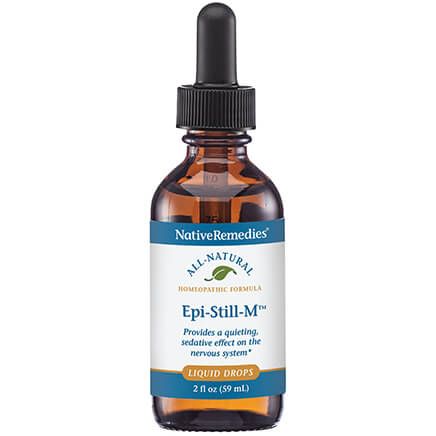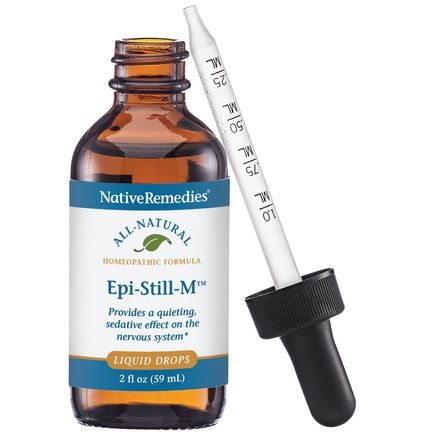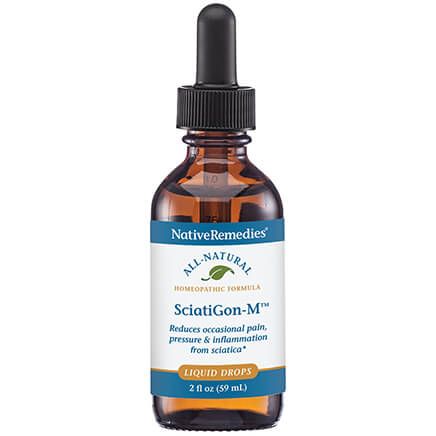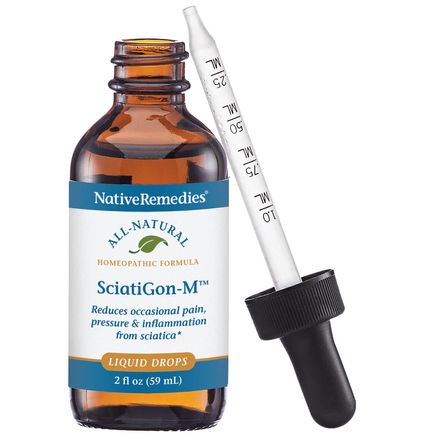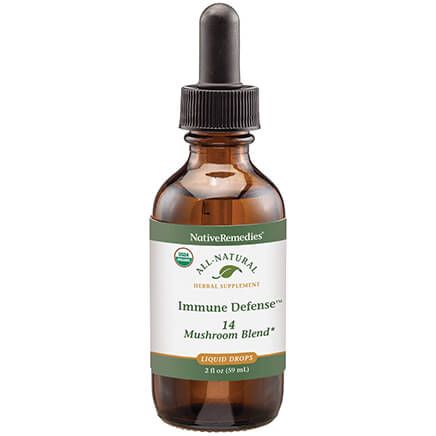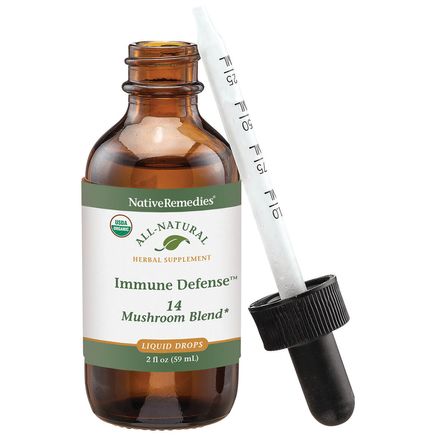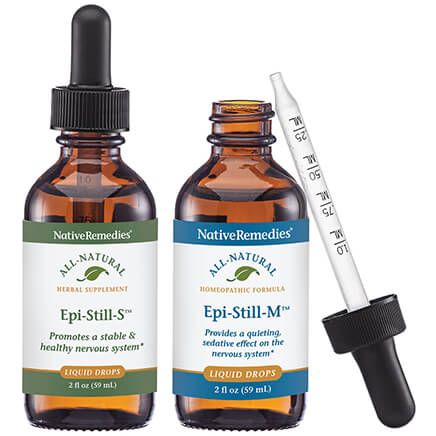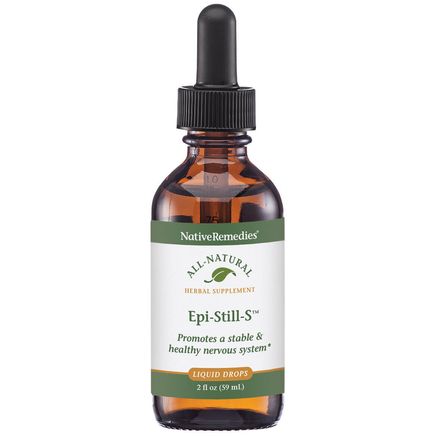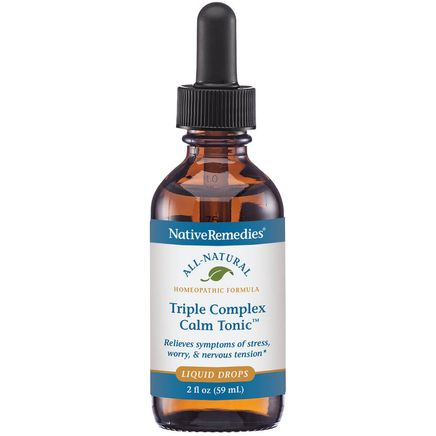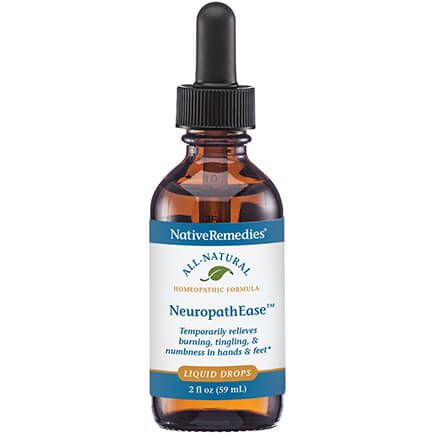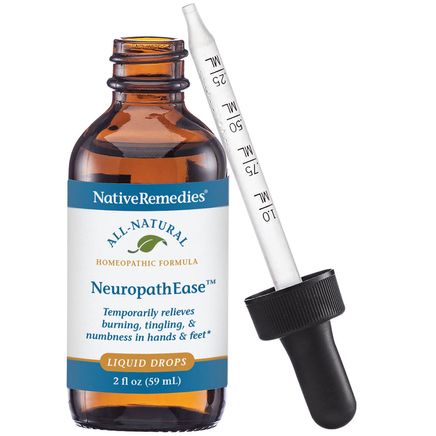Natural Treatment for Symptoms of Involuntary & Nervous Tics Should you find yourself wondering how to stop muscle twitches, consider Tic Tamer™ from Native Remedies®. This powerful homeopathic formulation helps with temporary muscle spasm relief for tics such as uncontrollable movements of the face, head, shoulders, hands and feet, as well as common tic triggers. Using a unique, proprietary blend of four highly diluted and scientifically selected natural substances, Tic Tamer™ provides an effective and safe choice for temporarily relieving symptoms of involuntary motor and verbal tics while promoting a feeling of calm. Tic Tamer™ is vegetarian-friendly and contains no artificial colors, added gluten or preservatives. Taken internally, it is available in a convenient, concentrated tincture formula. Since homeopathic remedies have no known side effects or interactions with other medicine or herbal supplements, this remedy is also safe to use for all ages. For additional support, Triple Complex Calm Tonic™, a homeopathic medicine for temporary relief from stress or worry, is a great complementary remedy to Tic Tamer™. To ensure the safety of Tic Tamer™ and to provide the highest-quality, most effective product, all Native Remedies® homeopathic medicines and biochemic tissue salts are manufactured in a FDA-registered and cGMP-compliant pharmaceutical facility under the supervision of qualified homeopaths and responsible pharmacists. Individual ingredients are listed in the Homeopathic Pharmacopoeia of the United States (HPUS). For more than 200 years, homeopathy has been used to provide relief for a broad array of symptoms from a number of health conditions. It uses the premise of like-treats-like to help address specific symptoms, utilizing natural ingredients to provide temporary relief from the same symptoms that they would cause at full strength. Benefits Homeopathic medicine for temporarily relieving symptoms of involuntary motor and verbal tics.* Promotes feelings of calm addressing tic triggers and exaggerated focus on tics (which can cause frequency).* Helps reduce occasional sudden, involuntary actions such as muscle spasms.* Helps to soothe temporary uncontrollable movements of the face, head, shoulders, hands, and feet.* Relieves rapid shrugging, eye blinking or darting, head jerking, and tongue clicking.* One Year Money Back Guarantee We are so certain that you will be completely satisfied with our wonderful, natural products, that we offer an unconditional money back guarantee. Simply try our products for at least 30 days. If you are not completely satisfied for any reason & return the product to us for a complete refund less shipping fees. Symptoms of Involuntary & Nervous Tics Nervous tics typically develop in children around age 5. Many tics are transient, meaning they will disappear after a few weeks or months. But sometimes these tics can persist longer, becoming a life-long problem into adulthood. Nervous tics are repeated involuntary contractions of one or more muscles. Many parts of the body can be affected, but tics most commonly occur in the muscles of the face, arms and shoulders. These involuntary jerking motions generally occur in sudden, rapid bouts. Common motor nervous tics include excessive blinking, grimaces of the face and uncontrollable jerking movements of the arms, legs or feet. Less common motor tics involve snapping the fingers, banging on objects and compulsively touching other people. Vocal tics include the involuntary and repeated production of sounds, like sniffing, grunting, throat clearing, coughing or repeating words or phrases. Unlike voluntary muscle jerking, nervous tics can be very difficult to control. Some people manage to suppress them for a short time, but that requires a lot of concentration and can quickly become an exhausting exercise. Suppressing tics can be described as trying to suppress a sneeze. Once released, most people can feel a sense of relief. Attempting to control or suppress nervous tics by willpower alone can be extremely frustrating and may increase a state of stress or anxiety, exacerbating the condition. The cause of nervous tics is not fully understood. However, most research agrees that a number of factors seem to play a role, including genetics, dietary deficiencies, anxiety and other environmental factors such as stress, fatigue, illness and excitement or over-stimulation. Other Treatments for Symptoms of Involuntary & Nervous Tics While living with or caring for someone who exhibits nervous tics can be challenging, remember that most nervous tics resolve and disappear within a year of onset. In the meantime, consider these tips on how to stop twitching and make managing symptoms of nervous tics easier: Understand how tics affect your child or patient, and make changes at home, school or work to best accommodate them. For children, try not to draw too much attention to their tics. Doing so could make the child feel stressed, potentially worsening the situation. Keep a record of your child's or patient's tics, being sure to note when they get worse and the events surrounding them. This could help identify triggers to avoid in the future. Manage the stress and anxiety both you and your child or patient experience with exercises such as deep breathing or muscle relaxation techniques. Exercise regularly to manage your own stress, and encourage your child or patient to join you. For children, sports and outdoor games are great ways of instilling a love of exercise that can ultimately help to reduce overall stress levels. For a caregiver and patient, consider chair yoga, walking or group classes that accommodate your patient's other needs. Encourage your child or patient to eat a balanced diet that includes sufficient quantities of magnesium-rich foods, including green vegetables such as spinach and broccoli, as well as beans, peas, nuts and seeds. Join a support group or reach out to others for help and support so you do not get burned out. Resource: 1. Leonard, Jayne. "Tic Disorders: Causes, Types, and Diagnosis." Medical News Today. June 16, 2017. Accessed April 01, 2019. https://www.medicalnewstoday.com/articles/317950.php .

